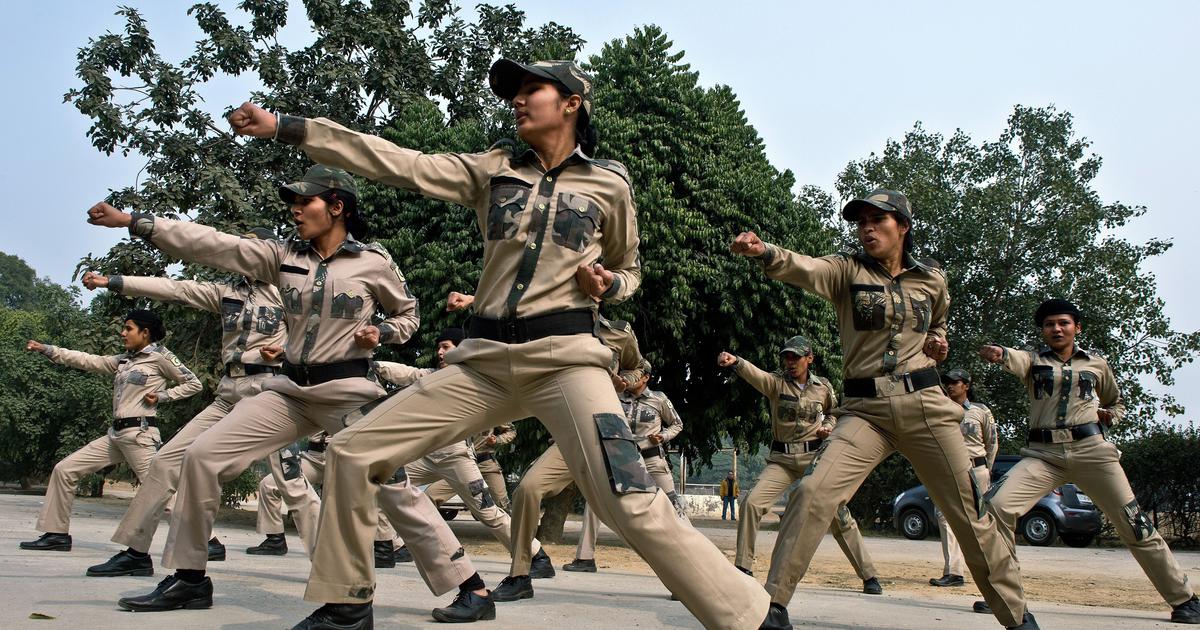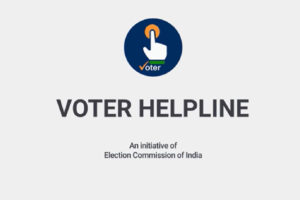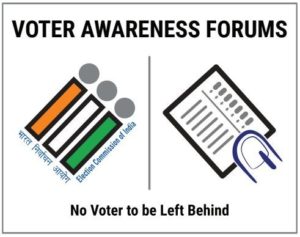India needs more than just tokenism by political parties, especially in law enforcement in an age of rising crime. As of January 2020, the strength of women police in India was at 9.5% of the total police and it was found that Tamil Nadu had the highest number of women police staff in India. The low representation of women is despite the state governments setting reservation targets for women in police ranging from 4% to 38%. It has been estimated in a study, that the majority of states in India would take a long time to reach 33% of women’s representation in the police force. This adds to the overall shabby picture of the police reforms in India.
Nevertheless, the role of women in the police has been slowly but steadily increasing in India. The prevention of children from sexual offense (POSCO) Act and other major criminal laws now require every case of sexual assault to be recorded and investigated by a female officer. Also under the IPC provisions, the arrest of women and searching of a woman must be done by women police personnel only. Even juvenile delinquents are believed to be best handled by women police officers as they are more compassionate and communicative with children.
Further, the police are required to deal with varied situations of public order involving women like outrage generated from incidents of brutal sexual assault on women. There might also be cases which would need the involvement of women officers for better dealing of the situations like involving insurgent groups of J&K and North East who might use civilians as human shields to get away. There are also a high number of female insurgents in the cases of Left-Wing extremism (LWE) like the outlawed CPI (Maoist). Except for the top command of the Maoist wing organizations, the participation of women is sizeable at the lower level. Hence, essentially, this demands, on an operational level, a greater involvement of women in the police and paramilitary forces. Many a time, the village-women in regions suffering from the fallout of terrorism and LWE accuse the security forces of sexual harassment during counter-terror Ops, Anti-Maoist operations, and other tasks like combing and search operations in places under AFSPA. In such a scenario, it is difficult for the forces to defend themselves as they are rarely accompanied by a female contingent. Despite all these scenarios, which scream out for enrolment of more female personnel, the women are still underrepresented in the police and paramilitary forces.
The NCRB data reveals that though the average representation of women in the police force has increased from 2% in 2001 to 9.5% in 2020, it is still far from satisfactory to effectively deal with women related crimes or scenarios which need involvement of women. According to NCRB data, about 11% of total number of arrested persons were women in 2016. This also demands more number of women police personnel to better handle the women prisoners. Many countries like South Africa, USA, Australia, and Canada have much better representation (about 15 to 30 %) of women in their police force.
The “All women police station” model was launched with much fanfare in many states in India.
As per a June 2018 study, opening all-woman police stations (WPS) has increased crime reportage by a significant 22% in the world’s most dangerous country for women. This is because women are more comfortable approaching these particular police stations. The WPS have not tremendously helped in the decrease in the crime level, but only changed the reporting pattern. For example, a city-level analysis had revealed that in areas with a WPS, there was a 21.4% rise in the rates of violence committed against women. At the state-level, too, the results were consistent, posting a 22.5% jump.
The researchers Sofia Amaral and Sonia Bhalotra of University of Essex in the UK, and Nishith Prakash from University of Connecticut, US, wrote in their paper, “This, in turn, led to a rise in arrests of crimes whose reports increased.”
Earlier research had shown that increased participation of women in the workforce has led to reduced corruption. Women also tend to exhibit more pro-social traits than men. Incorporating women is essential considering, in India, one woman complains of police apathy every two hours, where they are either discouraged, turned away or harassed further when trying to lodge a complaint.
Sofia Amaral and her co-authors also wrote, “In WPS, officers are less likely to exhibit skewed gender norms about the roles of women or tolerance of violence committed against them, & the recording and subsequent filling of FIR’s increased.”
Therefore, to facilitate reporting by any women related crime each police station should preferably have about one-third of its staff as women. The CRPF has recently deployed a women battalion in Bastar, with over 200 women personnel to deal with the Maoist problem. The Chhattisgarh armed force (CAF) has also for the first-time inducted women to help improve discipline among policemen and avoid allegations of misbehaviour with female agitators and Maoists.
It is time to look beyond number and into the institutional barriers that hinder women growth within the services like Police and paramilitary. Frequent inter-district transfers and disallowing posting in home districts for specified period of time coupled with poor child care support system and lack of adequate facilities and infrastructural lacunae present distinct difficulties for the women. These taken along with other barriers limit the avenue for women’s promotion in the forces. Sexual harassment at workplace that police-women suffer has not been adequately acknowledged. There is even lesser recognition of the impact of the policing subculture that the police system has inbuilt within itself. That involves issues like “Masculinity” and coercive forces in the police organization hierarchy, and the effects they have on the effective participation of women. No wonder, that in India, it is common to hear the police being described as policemen as if women in the police do not exist at all.
One need not call oneself a feminist to understand why no police organization in the world has been affected by the “Me too” movement that started on social media in the year 2019 to denounce sexual allegations against the Hollywood producer Harvey Weinstein. India`s police organizations are not an exception. In Kolhapur, Maharashtra, April 2011, at least 11 women recruit constables alleged that police instructors had sexually exploited them when they were undergoing training at Kolhapur police training school. The scandal came to light when a routine medical test of the women police recruits revealed that two of them were pregnant. Such issues cannot be simply brushed under the carpet to cover the issue to save the face of the top echelon of police and save their political patronage from public shaming. Such issues should be made News headlines and be discussed over the national media forcing the political leadership to take a serious note of.
However, much more needs to be done to address the huge shortage of women in the police force. Policing must not be a muscle man’s job. The recruitment policy must be diversified to increase the intake of women in the police stations, forces, and paramilitary battalions. Gender sensitization training can no longer be treated as an occasional intervention. Women form almost half of the country’s population but the police force has only 9.5% of women. How is it then 9.5% of women? How is it then a citizen’s police force? These questions should hit the leaders hard before they go gaga about women empowerment. The police force must be representative of society to ensure the safety of all of its sections and for that it must be more inclusive of women, without fail.





